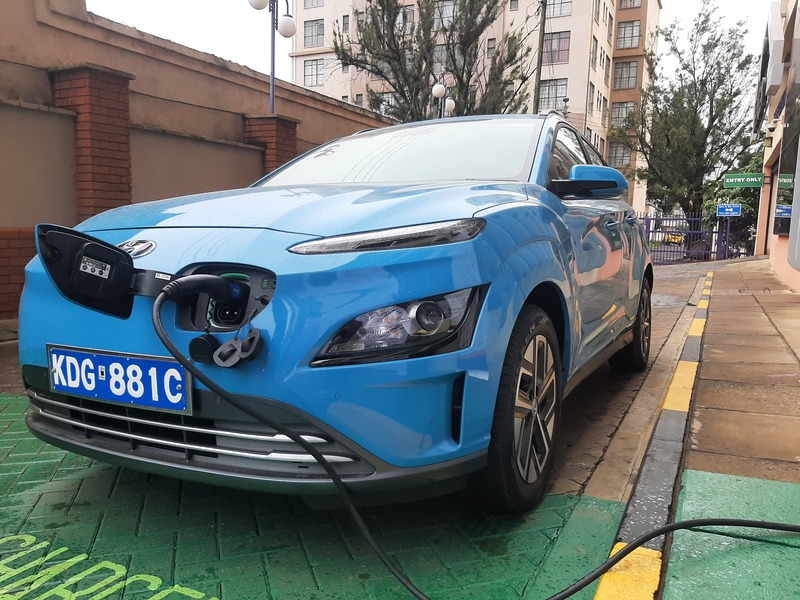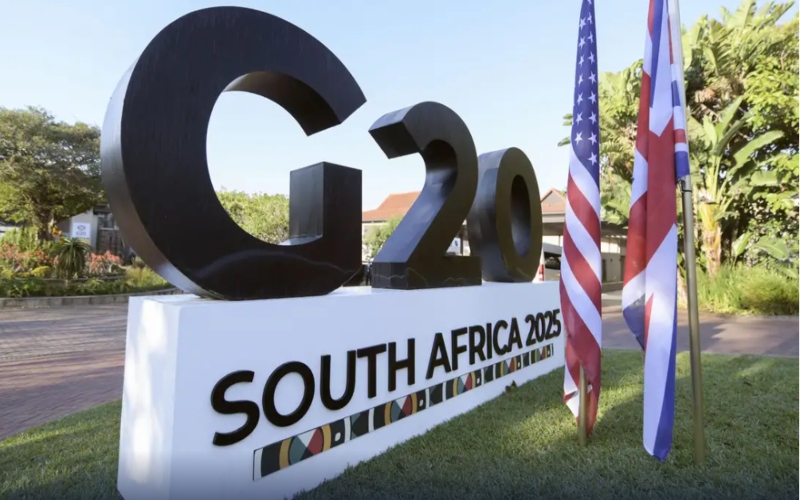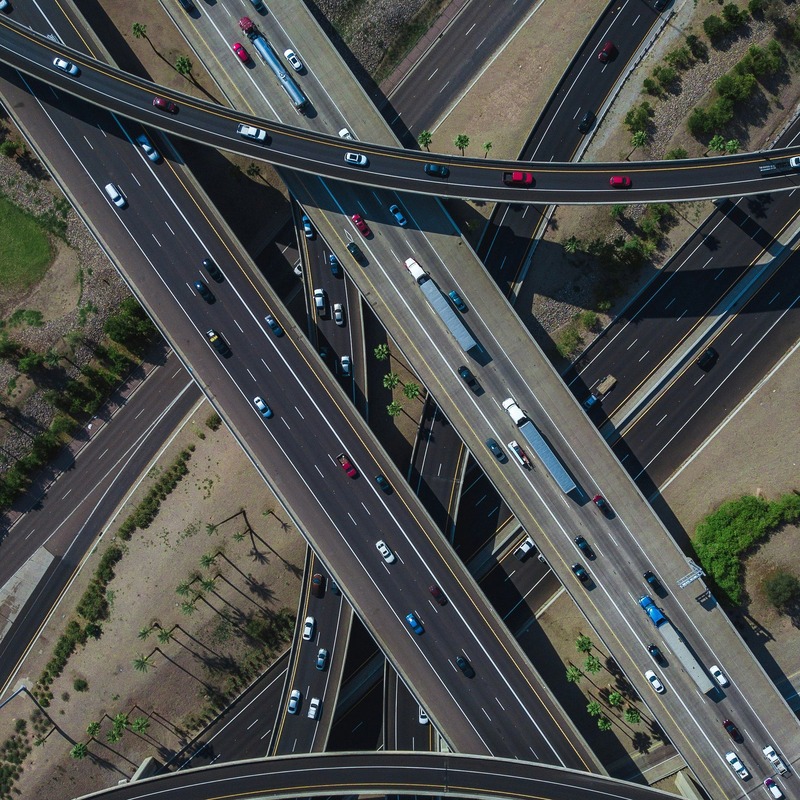Kenya embraces e-mobility as global electric vehicle sales surge

Kenya is following the global trend with a sharp increase in electric vehicle and motorcycle adoption.
The global shift towards electric mobility, driven by climate action goals, is accelerating, with a significant rise in electric vehicle (EV) sales, according to a new report.
The International Energy Agency (IEA) reports that sales grew by 25% globally in 2024, reaching over 17 million units, up from less than 14 million in 2023.
More To Read
- Fuel prices hold steady for December–January despite fluctuating global oil costs
- Three-week drop in benchmark crude sets up Kenyans for further fuel price relief
- Consumers to get more units for less as electricity tariffs decline
- Sulfur-based batteries could offer electric vehicles a greener, longer-range option
- Matatus take EPRA and City Hall to court over ban on passenger pickups at fuel stations
- Fuel prices remain unchanged in November EPRA review
“Electric car sales continued to rise globally in 2024, increasing by more than 25% to over 17 million units,” the agency stated in its 2025 Global Energy Review report.
EV sales accounted for more than 20% of all car sales worldwide during the review period.
China remained the biggest driver of electric vehicle adoption, contributing nearly two-thirds of total global electric car sales. The country’s electric vehicle market recorded an annual growth rate of almost 40%.
Emerging markets and developing economies outside China also saw remarkable growth, with EV sales rising by 80% year-on-year.
Kenya is following the global trend with a sharp increase in electric vehicle and motorcycle adoption.
According to the Energy and Petroleum Regulatory Authority (EPRA), energy consumption in Kenya’s electric mobility sector surged by 466% in the six months ending December 2024.
“Consumption in the electric mobility category, which includes electric vehicles and motorcycles, increased by 1.49 GWh to 1.81 GWh during the review period, up from 0.32 GWh in the same period of the previous financial year,” EPRA stated.
Despite this growth, e-mobility still accounted for only 0.03% of Kenya’s total energy consumption.
EPRA’s report highlights that industrial consumers remained Kenya’s largest electricity users, consuming 2,807.10 GWh in the review period, or 51.18% of the country’s total energy consumption.
“This marks an increase of 101.0 GWh compared to the 2,706.10 GWh consumed in the same period last year, reflecting a rise in industrial activity,” EPRA noted.
Domestic consumers ranked second, using 1,728.19 GWh, up from 1,599.33 GWh the previous year, representing 31.51% of total energy consumption.
Small commercial enterprises consumed 902.94 GWh, making up 16.46% of total electricity usage, an increase from 843.04 GWh the previous year.
Meanwhile, street lighting consumption declined by 12.0 GWh, dropping to 44.48 GWh from 56.48 GWh in the previous financial year.
“Street lighting accounted for 0.81% of total energy consumption,” EPRA said.
Top Stories Today












































